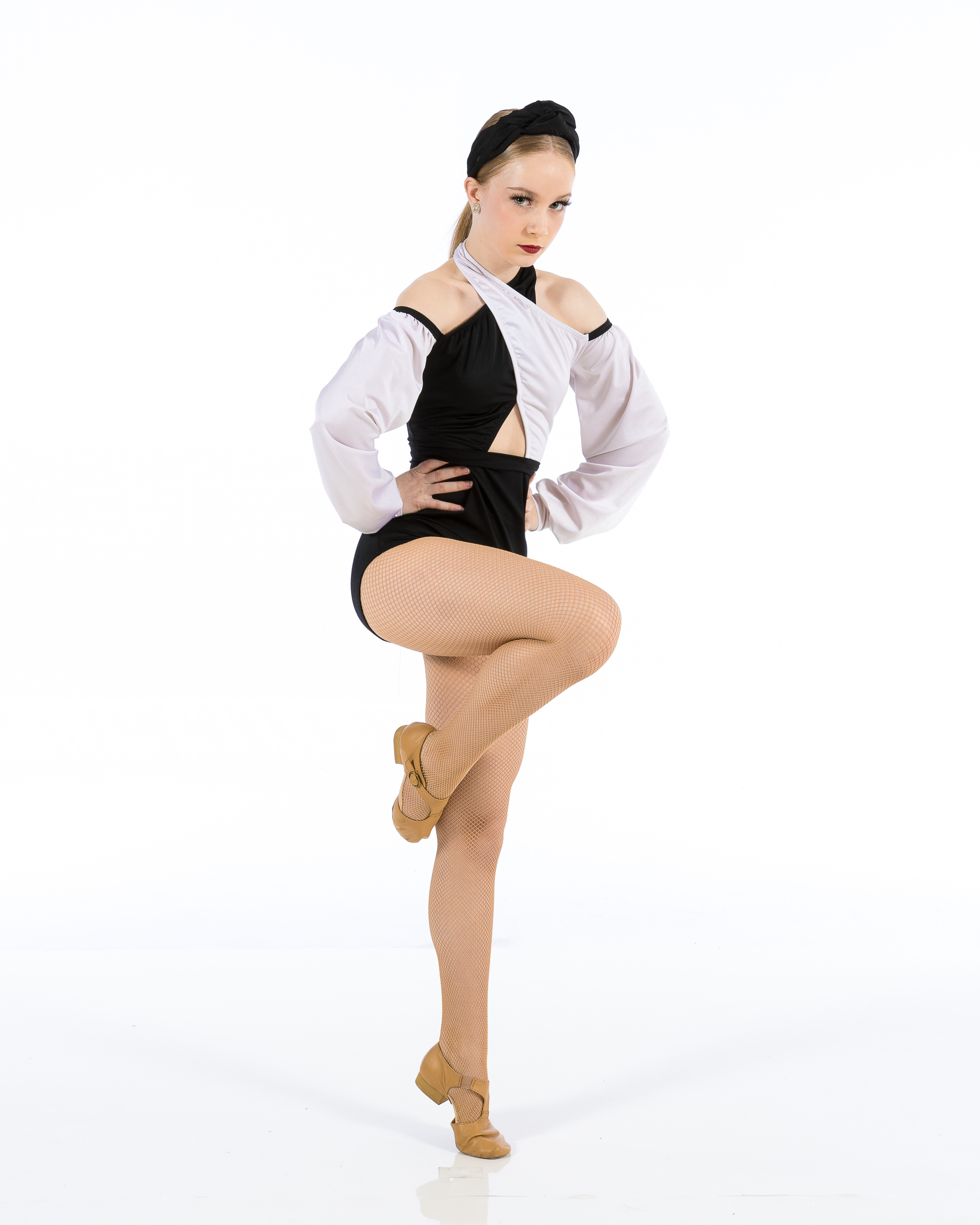Introduction: The World of Dance and Its Emotional Landscape
Dance is more Newberg dance classes than just a series of movements; it’s an emotional journey that shapes the lives of young dancers. From the moment they step into a dance academy, these budding artists embark on a path filled with triumphs, challenges, and profound emotional experiences. This article delves deep into “Understanding the Emotional Journey of Young Dancers,” exploring their feelings, motivations, and the transformative power of dance.
Understanding the Emotional Journey of Young Dancers
Young dancers often find themselves navigating a whirlwind of emotions. Each class at a dance academy brings new lessons not only in technique but also in resilience and self-discovery. But what exactly makes this journey so emotionally charged?
The Initial Spark: Discovering Dance
For many young individuals, dance starts as a fun activity—perhaps a way to express themselves or to engage in something creative. This initial spark is crucial; it sets the tone for their entire experience.
Why do kids start dancing?
- Expression: Dance allows them to communicate feelings they're unable to articulate verbally. Social Connection: They often make friends who share similar interests. Physical Activity: It’s an excellent outlet for energy and promotes health.
Emotional Highs and Lows in Training
Training can be rigorous. As young dancers progress through their training at a dance academy, they experience both exhilarating highs and challenging lows.
Celebrating Achievements
Every time they master a new move or receive praise from instructors, it boosts their confidence and reinforces their passion for dance. These moments become milestones etched in their memory.
Facing Challenges
Conversely, setbacks can lead to frustration and self-doubt. It's not unusual for young dancers to struggle with complex choreography or to feel overwhelmed by competition.
The Role of Instructors in Shaping Emotions
Instructors play an essential role in guiding young dancers through their emotional journey.
Mentorship and Support
A supportive instructor can help students navigate emotional turbulence by providing encouragement and constructive feedback. They understand that every dancer's journey is unique.
Creating a Safe Space
Dance academies that foster a nurturing environment allow students to express vulnerability without fear of judgment. Such spaces lead to improved mental well-being.
Peer Relationships: Friendship and Rivalry
The relationships formed within dance academies significantly shape young dancers' emotional landscapes.
Building Lifelong Friendships
Shared experiences in dance class often forge strong bonds among peers, leading to lifelong friendships that transcend the studio walls.
Navigating Rivalry
However, competitive environments can foster rivalry, which may lead to feelings of jealousy or inadequacy among dancers. Learning how to handle these emotions is key to personal growth.

Performance Pressure: The Stage Experience
One significant aspect of being a dancer is performing in front of an audience—an exhilarating yet nerve-wracking experience.
Preparing for Performances
Before stepping onto the stage, emotions run high. Dancers often grapple with anxiety but also excitement as they prepare for their moment in the spotlight.
Post-Performance Reflection
After performances, reflections can vary widely—from pride at having overcome nerves to disappointment if things didn’t go as planned. This duality contributes richly to their emotional journey.
Coping Mechanisms: Building Resilience Through Dance
As young dancers navigate emotional ups and downs, they develop coping mechanisms that serve them well beyond the studio.
Mindfulness Techniques
Many instructors incorporate mindfulness techniques into their classes. Practices like visualization help dancers manage anxiety before performances while enhancing focus during rehearsals.
Emotional Expression Through Movement
Dance itself becomes an outlet for emotions—joyful moments are celebrated through spirited routines while deeper feelings are expressed through lyrical interpretations.
The Influence of Social Media on Young Dancers’ Emotions
In today’s digital age, social media plays an undeniable role in shaping young dancers' experiences.
Positive Connections Online
Platforms like Instagram allow dancers to showcase their talents and connect with others worldwide, fostering community and inspiration among peers.
Negative Comparisons and Pressure
However, social media also brings about challenges such as comparison culture which can lead to negative self-image issues among young performers striving for perfection.
FAQs About Understanding the Emotional Journey of Young Dancers
What are common emotions experienced by young dancers?
Young dancers typically experience joy, anxiety, frustration, pride, and sometimes even sadness throughout their training and performances.
How can parents support their child’s emotional journey in dance?
Parents can provide encouragement without pressure by attending performances actively engaging in discussions about feelings related to dancing.
Why is mentorship important in a dance academy?
Mentorship helps build confidence in students while providing guidance through both technical skills and emotional challenges.
How does performance anxiety affect young dancers?
Performance anxiety can lead to nervousness or fear before shows but overcoming it often strengthens their resolve and builds resilience.
What should instructors keep in mind when teaching young learners?
Instructors should consider the individual emotional needs of each dancer while creating supportive environments conducive to growth.
li9/ol1/##
Conclusion: The Transformative Power of Dance
As we’ve explored throughout this article on “Understanding the Emotional Journey of Young Dancers,” it's clear that dancing profoundly influences emotional development during youth years. From navigating friendships at a dance academy to facing performance fears head-on, these experiences shape not only talented performers but also resilient individuals ready to tackle life's various challenges with grace—and perhaps even a little rhythm!
In closing, it's vital we recognize this intricate relationship between emotion and movement—a connection that holds transformative potential far beyond the confines of any studio or stage!